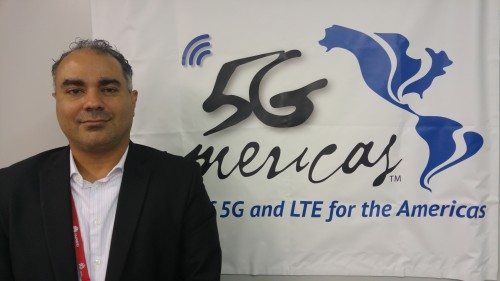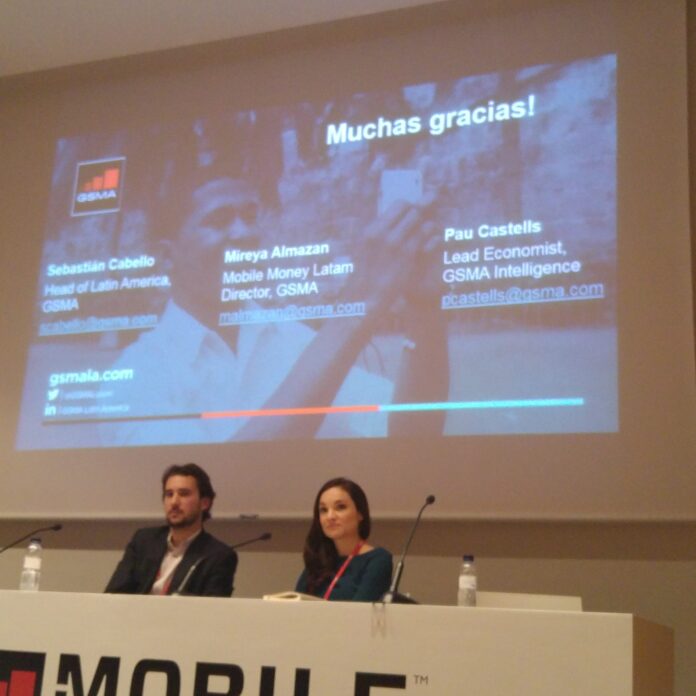GSMA report finds 363 million people across Latin America are still not connected to mobile broadband services
BARCELONA, Spain – With as many as 363 million people across Latin America and the Caribbean not yet tapped into mobile broadband services, the GSMA said it was making it a point to tackle what it calls digital literacy. Sebastian Cabello, head of the GSMA’s Latin America operations, said ensuring locally relevant content and services, as well as affordability and network coverage are the main barriers to digital inclusion across the region.
Talking with members of the press at this week’s Mobile World Congress event, Cabello said high government taxes, income inequality and the lack of spectrum remain barriers for increasing mobile services. Cabello noted mobile broadband access is out of reach for 40% of the low-income population across the region, with further collaboration between mobile operators and governments will be fundamental to extending mobile connectivity and Internet services to millions of citizens.
Asked by RCR Wireless News about what GSMA is doing to address these challenges, Cabello said the GSMA, which hosts the MWC event, has been working with governments to both raise awareness about the need for more spectrum to support mobile services and to reduce taxes for the telecommunications sector. The GSMA noted taxation of mobile services in countries such as Brazil and Argentina account for more than 30% of the total cost of mobile ownership. A reduction in sector-specific taxes, fees and levies applied to both consumers and operators could help improve affordability.
The Latin America and Caribbean region is home to 634 million people, with the GSMA reporting 433 million mobile subscribers across the region and 44% of those connections are made via smartphones.
“4G deployment was the main topic of 2015, and carriers continue increasing coverage,” said Paul Castells, lead economist at GSMA Intelligence. By 2020, LTE coverage is expected to reach 80% of Latin American citizens, with 3G coverage set to hit 93% of the total population.
According to the latest GSMA research, the mobile broadband coverage gap in the region is relatively small, with only about 10% of the population (64 million people) living outside the footprint of a 3G or “4G” network. A further 33% (207 million) of the population lives within range and subscribe to mobile broadband services.
Spectrum need
The need for more spectrum was also noted by Jose Otero, director of Latin America and the Caribbean at 5G Americas.

“Mobile broadband technologies require more spectrum and Latin America didn’t evolve in this area as it should,” Otero said. “[The International Telecommunications Union] suggests that each country should have 1,300 megahertz of spectrum. In the region, only Brazil, Chile, Nicaragua and Colombia have above 400 megahertz.”
Otero said governments should identify spectrum bands that could be used for telecom services and work to make them available for telecom operators.
Editor’s note: Samsung provided travel costs for the Mobile World Congress

